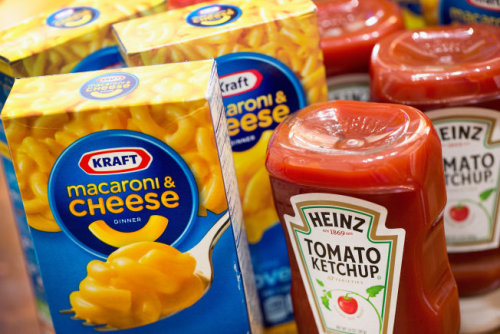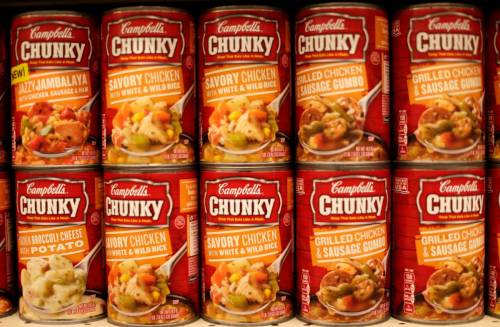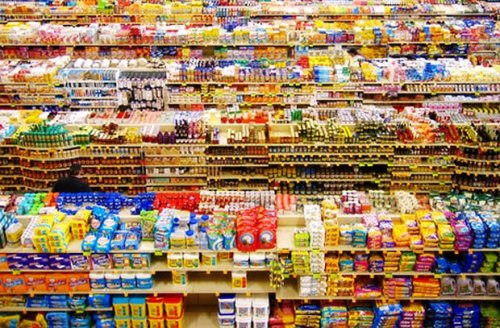Big food consolidates under Organic & commodity squeeze
A deal to merge Kraft Foods with Heinz and create the third-largest food and beverage company in North America will likely lead to top products in the control of fewer companies, as rival businesses are expected to compete by purchasing more brands.

But with firms eyeing deals and acquisitions as a way to cut their costs, the consumer is unlikely to see changes in the prices of packaged foods.
The merger announced Wednesday, overseen by 3G Capital and Warren Buffett’s Berkshire Hathaway Inc., aims to save $1.5 billion annually by the end of 2017 by making the combined Kraft Heinz Company more efficient. It would be the fifth-largest food and beverage firm in the world, with an expected annual revenue of $28 billion. The other top ranking global firms in that sector according to their annual revenue history are Nestle, Unilever Group, Pepsi and Mondelez International.
Rival U.S. food companies including General Mills, Con Agra, Campbell’s Soup Company and Kellogg’s will likely seek the same cost saving by partnering with or acquiring food industry brands to share warehouses, shipping routes and to gain leverage with retailers, says Virginia Lee, food market analyst for research group Euromonitor International.
Food companies like Kraft and Heinz want to become more efficient to help counter greater expenses for commodities they depend on, like milk and coffee. Those higher prices are created in part by the growth of middle class consumers in developing markets, she says.

“As China and other developing countries have grown their middle class, that has grown the demand for protein products like dairy and meat,” she says. “Supply has been unable to grow as swiftly as demand.”
Food companies have been working harder to appeal to retailers, which have been trimming underperforming brands from their shelves as they try to build a niche consumer base among bargain shoppers or higher income organic food connoisseurs. Heinz and Kraft may try to lower costs for retailers, but their ability to do so will depend on the prices of food ingredients and oil, Lee says.
“In nations like Japan and the U.S., supermarket firms have consolidated with their regional competitors to keep pace with supermarket corporations like Wal-Mart,” she says.
Food companies diversifying their brands to appeal to retailers like Whole Foods include General Mills, which will launch new organic soups this summer through the upscale Annie’s brand it purchased last year for approximately $900 million.

“The easy way to venture into the upmarket, organic space is to acquire those brands,” says Raphael Moreau, food analyst for Euromonitor.
Changing diets in the U.S. are also expected to spur brands to consolidate through new deals. Kellogg’s may seek new partnerships as U.S. breakfast cereal sales are projected to decline by 8 percent to $10.3 billion by 2018, according to Euromonitor. The research group also says soup sales in the U.S. are expected to fall 2 percent by 2018, damaging business for Campbell’s.
If some businesses fail to adapt, it will not mean the end of the road for classic snacks, however. Hostess went bankrupt in 2012, which ended production of its trademark Twinkies until 2013 when the firm was purchased out of bankruptcy.
“There is always a market for classic, established brands,” Moreau says. “Businesses may sell an underperforming brand to allow another firm to purchase it and to position it in a niche market.”
